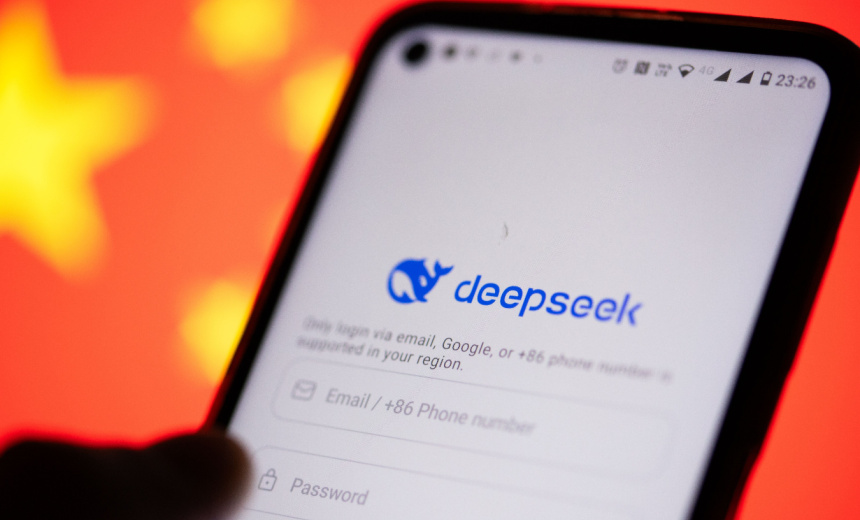Artificial Intelligence & Machine Learning,
Next-Generation Technologies & Secure Development
New Open-Source Model Competes with OpenAI, Navigating Beijing’s Restrictions

DeepSeek, an artificial intelligence startup, has launched an updated version of its flagship reasoning model, following its controversial Chinese origins that have raised eyebrows within the tech industry. This latest iteration, referred to as DeepSeek-V2-R1-0528, presents an advanced mixture-of-experts architecture with an extensive 685 billion parameters and is now available on Hugging Face under an MIT license, allowing for commercial use with minimal restrictions.
The model signals a significant trend in the development of high-performance AI systems, particularly those emerging from China. It has gained attention by ranking closely behind established models like GPT-4 and Claude 3 Opus on the Academic Foundation Model Evaluation Benchmark, showcasing strong capabilities in coding, reasoning, and general knowledge tasks.
DeepSeek has described the latest enhancements to its model as a result of leveraging increased computational resources and optimizing algorithms post-training. According to the company, the model excels in benchmark evaluations across multiple domains, including mathematics and programming.
While the full version is gated, a distilled variant known as DeepSeek-R1-0528-Qwen3-8B has been widely downloaded, offering comparable capabilities with a reduced computational footprint. This smaller model is designed to operate efficiently on machines with 40 to 80 gigabytes of RAM, making it an appealing option for researchers and startups in regions with more flexible AI regulations.
However, researchers have raised concerns about the model’s output filtering and potential censorship. Observations indicated that its responses increasingly reflect narratives aligned with the Chinese government’s stance on sensitive political issues, such as the Tiananmen Square protests and the Uyghur situation. An evaluator mentioned that recent versions of DeepSeek demonstrate a marked shift toward more politically aligned responses compared to earlier iterations.
DeepSeek’s offerings arrive against a backdrop of increasing scrutiny regarding the interplay of AI technologies and geopolitical factors. Despite the model’s characterization as “open,” it comes with explicit restrictions in sectors like healthcare and finance, which have recently witnessed heightened regulatory oversight in China.
Furthermore, unlike several Western models that often have stringent non-commercial use licenses, DeepSeek’s model permits considerable use and modification, while still maintaining some opacity regarding its training methods. This situation underscores the complex landscape businesses must navigate when assessing AI technologies within their cybersecurity strategies, particularly considering potential tactics and techniques outlined in the MITRE ATT&CK framework, such as initial access, privilege escalation, and data manipulation.
